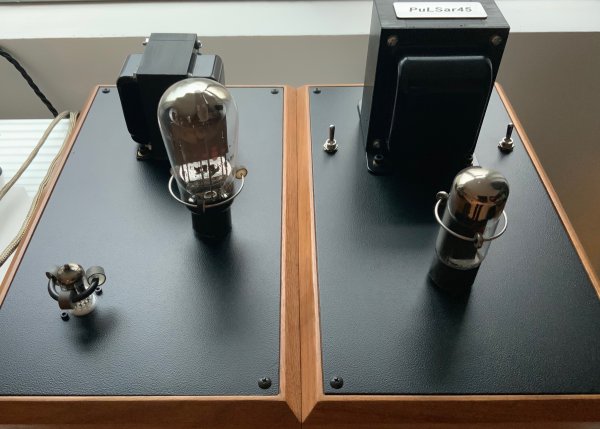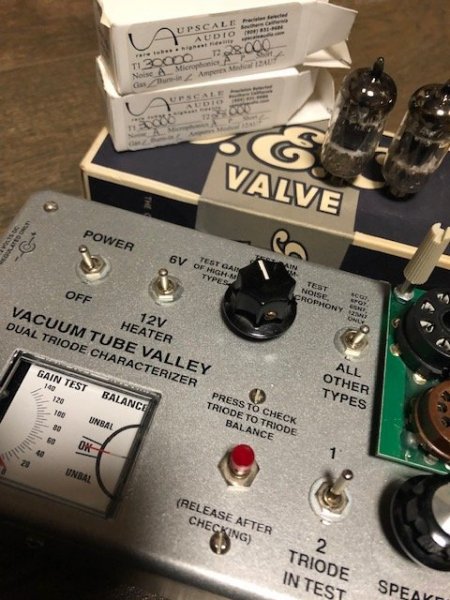Single tube SETs can be designed for that sole tube with all its parameters taken into account. No two tubes are alike so you can bet that in a push pull amp one tube is reacting differently to the other. Similarly parallel single ended. If you want purity then one output tube is the way to go.What's the feeling regarding SET designs implemented with only a single output tube, compared to so many SETs using multiple output tubes in parallel to provide more power? Seems intuitive that running multiple tubes in parallel eliminates some of the simplicity and purity that a single tube output would offer, but I'd be interested in hearing other opinions in this regard. TIA and happy new year to all!
However, we still have the problem where the left channel doesn’t exactly mirror the right channel. We can get close but it’s impossible IMHO.




















